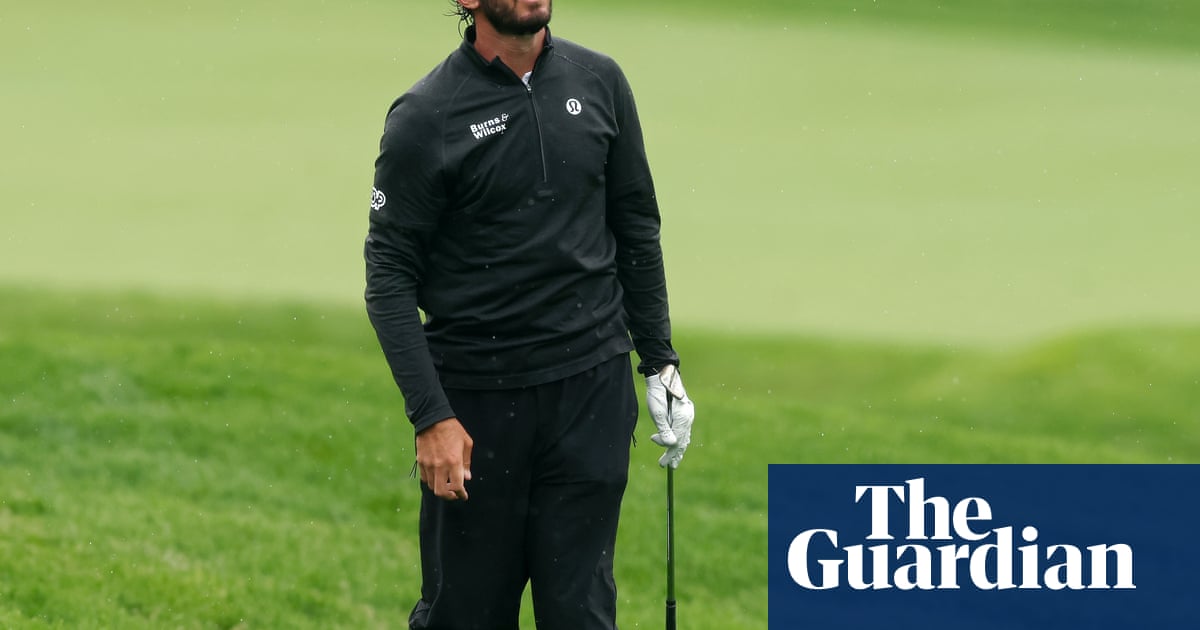Max Homa stood out more than usual on Monday in a US Open qualifier filled withPGA Tourplayers. He was the only one carrying his own bag.
Homa didn’t have a caddie and didn’t feel like talking about it, regardless of how much attention it was getting on social media.
He and his caddie of two months, Bill Harke, are no longer together, according to a person informed of the split who said only that Harke “lost his job.” Homa himself didn’t offer much insight.
“I’m much rather talk about the golf instead of all the questions about the caddie,” Homa said. “I’m good. Just hoofed it 36.”
As for the golf?
“It’s going to probably be heartbreaking, but it’s all right,” Homa said. “I haven’t carried my bag 36 holes in a while so I’m a little tired.”
He ended up carrying it for 38 holes. Homa’s three-putt for par on his 36th hole at Kinsale put him in a five-man playoff for the final spot to get to theUS Open. Cameron Young won it with a 12ft birdie. Homa then lost a playoff for an alternate spot on the next hole.
When asked about his approach to golf, Homa dropped one clue about the split with his caddie.
“It seems to be better than when someone is standing next to me for some reason,” he said. “I might need to walk by myself more. Maybe I just looked at it as a nice, peaceful walk. Probably got to battle some demons and have no one to lean on. Maybe that helps a little bit. There’s no one ... everything is me. The battle helped that a little bit.”
The qualifier at Kinsale offered six spots to the US Open at Oakmont next week. Homa was around the bubble most of the day. He left a chip in the rough on his ninth hole of the second round and made double bogey, followed that with a bogey and then responded with two straight birdies.
He looked to be safe with a second shot into 25ft on the par-5 ninth hole, his last one. But he three-putted for par to finish at five-under.
Homa didn’t imagine being in this position a year ago when he was No 10 in the world. But he has changed equipment and changed coaches. He split with his caddie of six years just before the Masters. And then he had no caddie at all. His highest ranking was No 5;he is now 90th.
Homa said he had not felt tired on Monday because he was around the cutoff line all day, pushing himself forward. After he three-putted his final hole was when fatigue started to hit him. He said not having anyone to consult over a shot led him to be a little more conservative, not a bad tactic on a course he doesn’t know all too well.
Asked one last time about the caddie situation, Homa whispered, “I wanted to carry for 36 holes. Everyone is going to ask me that.”
Homa is not entirely out of the US Open. He is playing the Canadian Open this week, though he likely would have to win to get into the top 60 and qualify.
